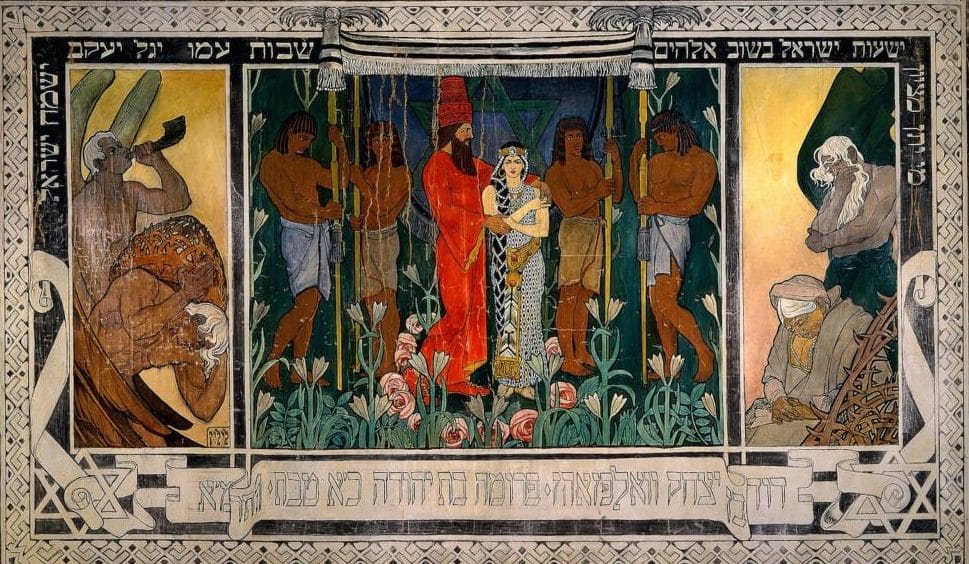Out knowledge regarding what happened millennia ago comes from what we have dug up, and stories handed down to us. They combine when we dig up ancient writing like the Dead Sea Scrolls.
Linguists have done extraordinary work deciphering long-dead languages, but usually they need some luck, like the Rosetta Stone. And therefore there is some writing that annoying is yet to be deciphered, and because of its antiquity and rarity may contain vital clues.
The older of course, the better.
The Dispilio tablet of Northern Greece is from 5000 BC, but most likely they are proto-writing and not actually able to give us a story.

Likewise the Indus script – from the Indus Valley – seems to lack sentences, however it is found as “megalith graffiti“, suggesting it could be quite meaningful.
Nearby the Proto-Elamite language seems to have been the very beginning of their writing, being used for numbers and picture of items. The probable next stage, Linear-Elamite, could probably be informative, if only we could find more than four examples to try and decipher.
Linear A is especially meaningful because it comes from Crete, a likely stronghold of the mysterious elders. Linear B seems to have followed it, and that has been deciphered, and determined to be an early version of Greek. Even so, remaining examples of Linear B are merely lists and inventories – no myths, histories or poetry have bene found. Potentially, not writing down myths was purposeful.
It would amazing if we could read the Rongorongo script of Easter Island, given the questions we have about the place, but from the two dozen pieces of wood the best guess is that they are genealogical or calendrical (in other words, no stories). Intriguingly their written language is quite similar to that of the Indus script, but that could just mean that different peoples naturally leaned towards similar iconography, which of course represents many real things.
Finally, an odd one: Grakliani Hill in Georgia shows signs of contact with Georgia, a unique script, and weird objects:
The excavation of layers yielded artifacts including children’s toys, weapons, icons, and pharmacological devices. Within the first two months of digging, archaeologists had excavated over 35,000 pieces from hundreds of graves and ruins of settlements that date back to the eighth century BCE.
Several golden and bronze discs from the sixth century were discovered. These findings attest that this society possessed the technology of gilding and engraving.
Among the most significant artifacts may be a fourth century BCE printing device. These were extremely rare seals used to stamp judicial documents; supposedly they originated from Uruk in Mesopotamia. Another notable find is that of a large and decorated ritual oven, an unprecedented find in archaeology.
Was it an outpost?
